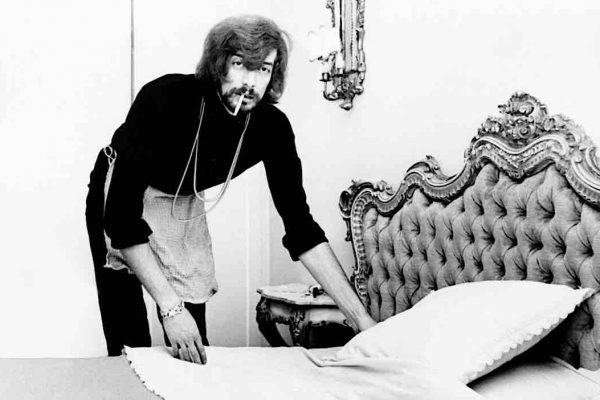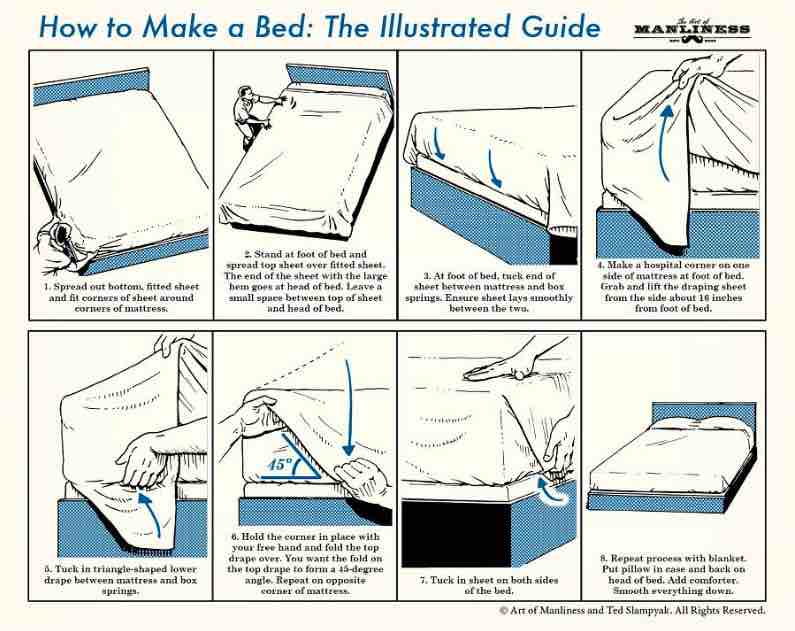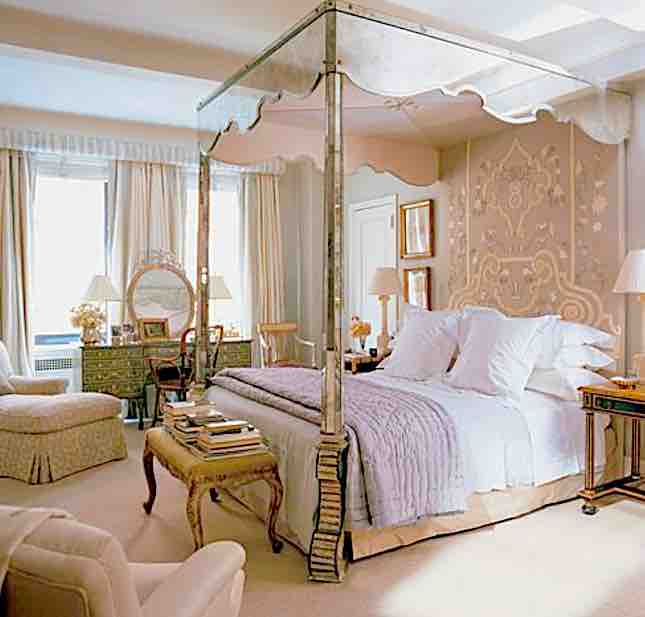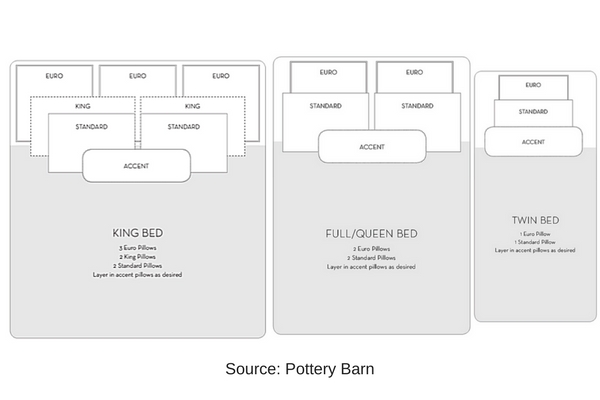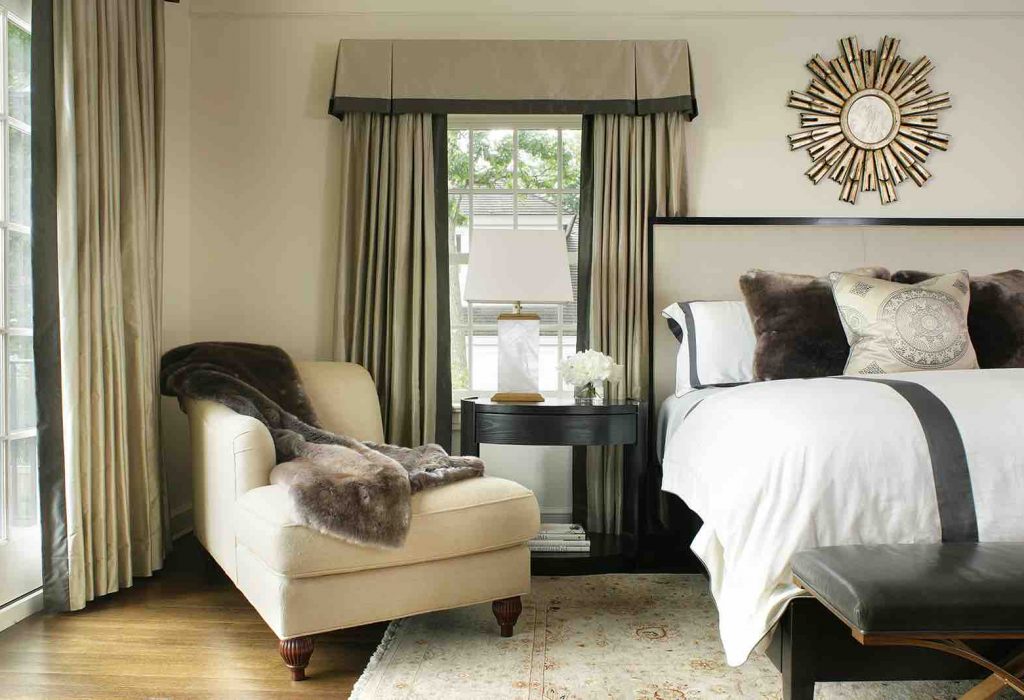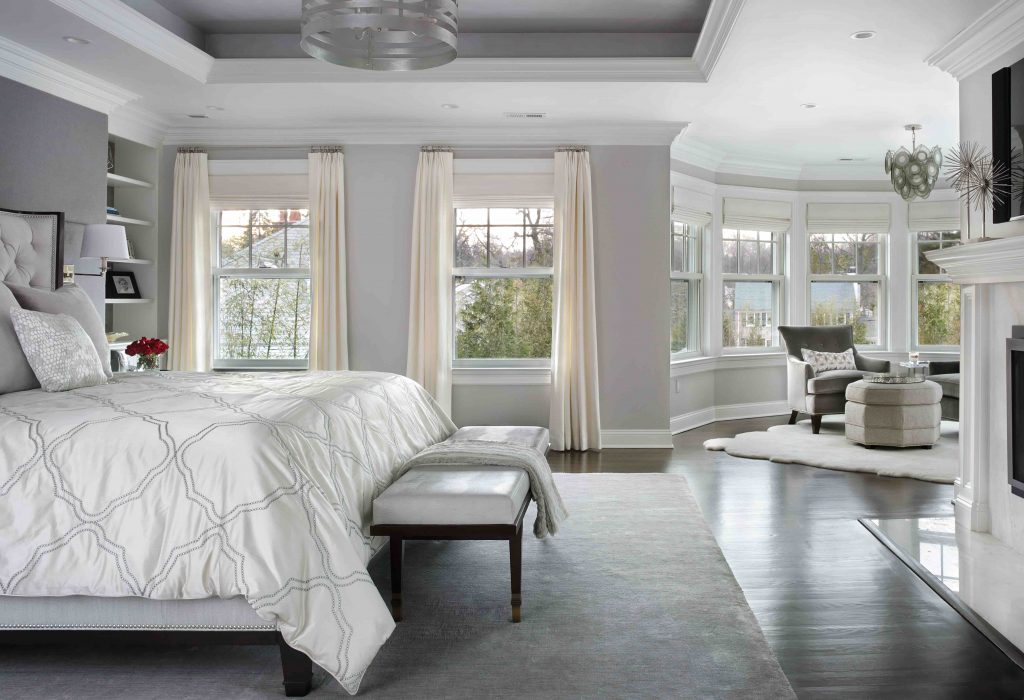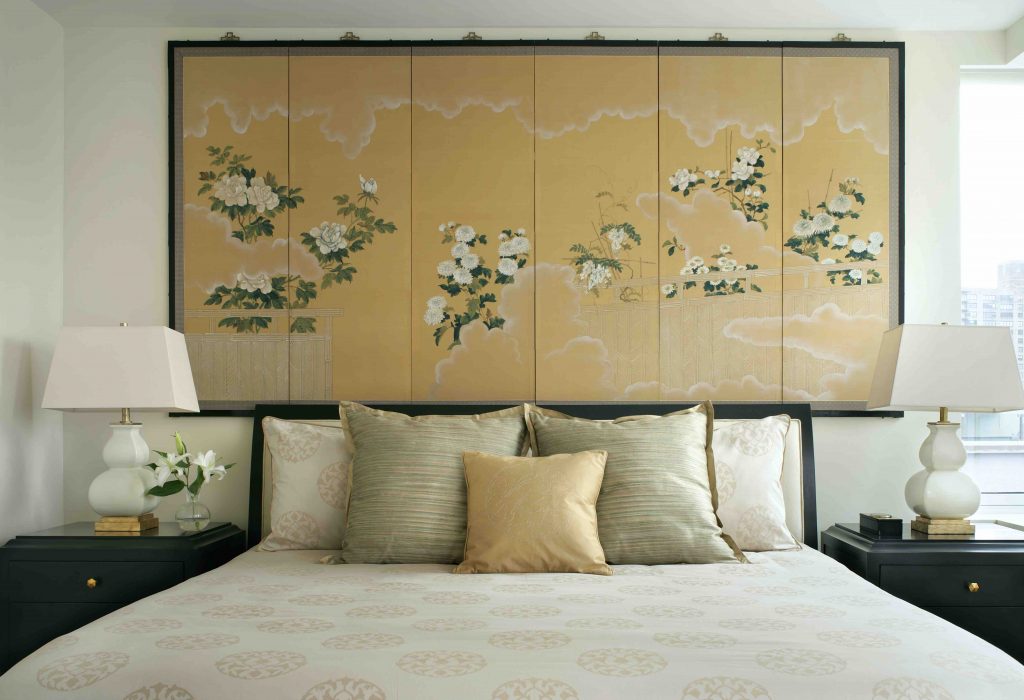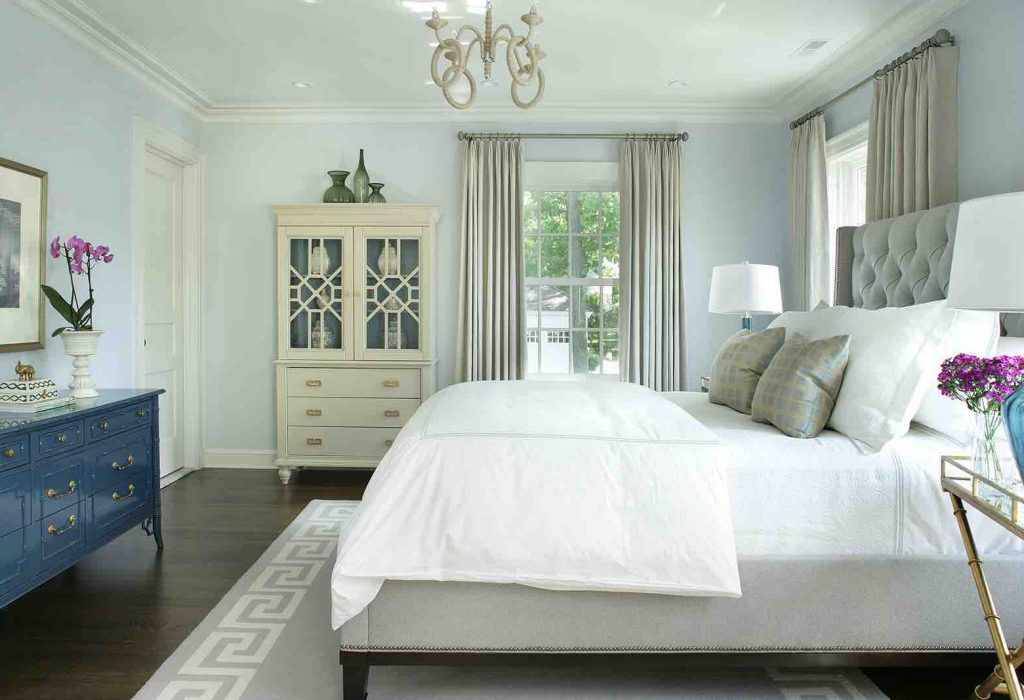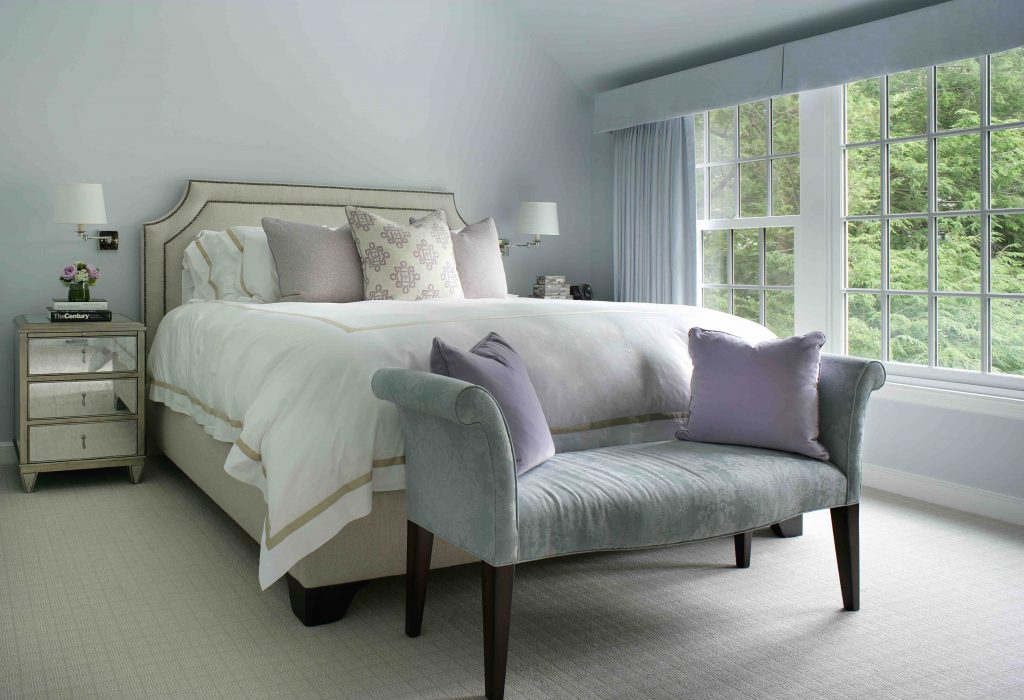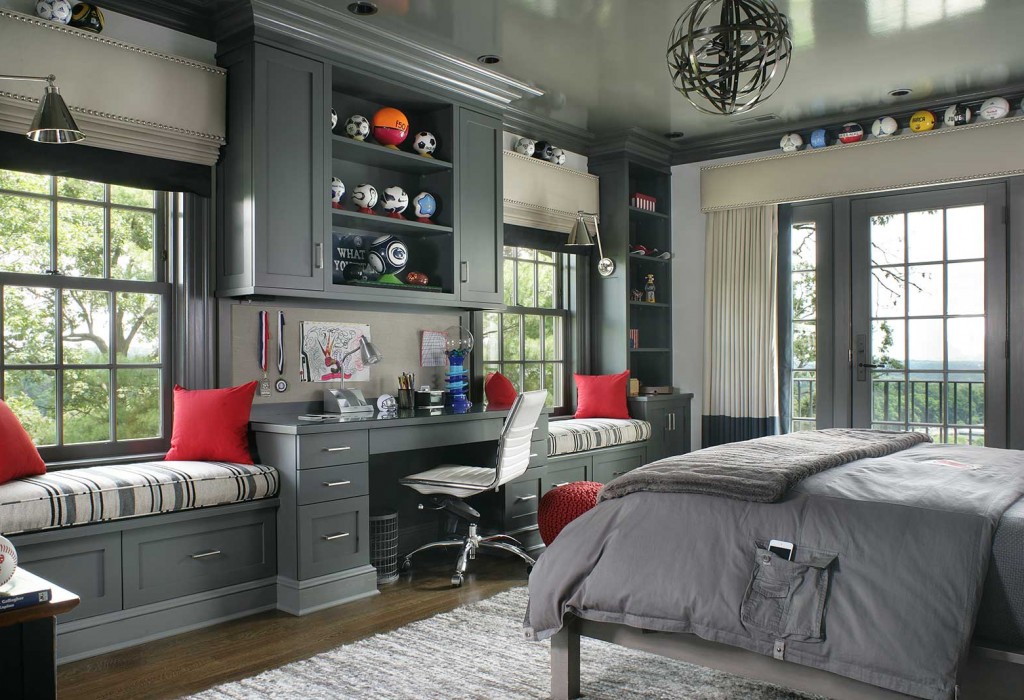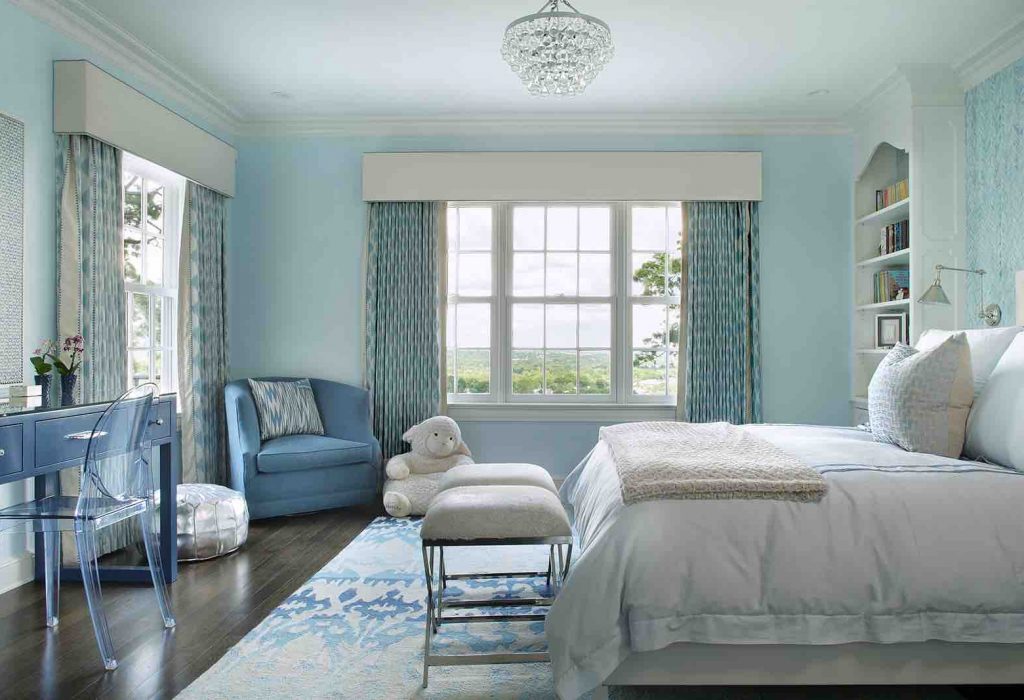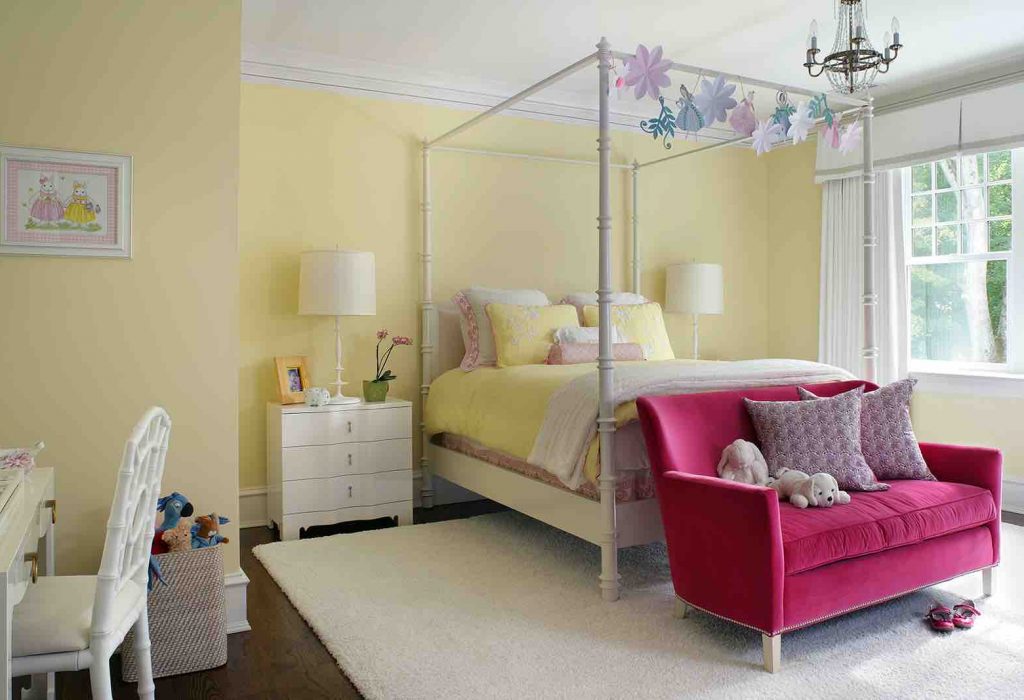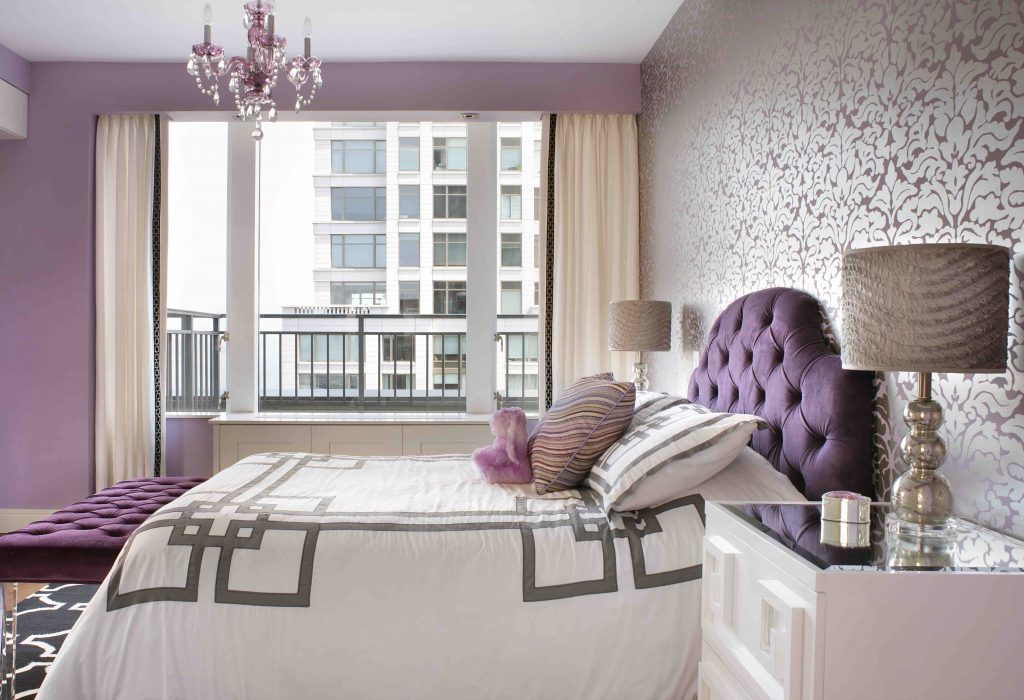I did not realize as I set out to write about how to make a bed that I would end up writing a kind of “self-help”-esque blog post. Who knew that making your bed is considered a gateway activity toward success, productivity, positive thinking and happiness? Well, we are all about to get enlightened! I am on board for anything that can have that kind of impact, especially if it doesn’t require much effort or time (not like going to the gym), it’s cheap (better than therapy or an expensive pair of shoes), it’s legal (mmmmmm), and free! Are you ready????
WHY YOU SHOULD MAKE YOUR BED
Simple answer – it will improve your life. And, your mother once (or a thousand times) said so. If you are now like me and need to come up with a better rationale than “because I said so” when your kids ask why they have to make their beds or if you, yourself, need a reason why, here is some indisputable evidence. According to a study by Hunch.com reported in a Psychology Today article “Make Your Bed, Change Your Life” “71% of bed makers consider themselves happy while 62% of non-bed makers admit to being unhappy.” Are you heading up to make your bed yet?
The concept that bed making leads to a happy life is actually a thing. In a Huffington Post article, author Andrew Merle even created a rallying acronym “LAMOB – Let’s All Make Our Beds” because as he encourages “the simple act of making the bed just might be one of the world’s easiest success habits.” In “The Many, Many Reasons You Should Make Your Bed”, Jolie Kerr of Esquire backs up the positive outcomes of a made bed because “coming home to a tidy and pulled together looking bedroom will make you feel a whole bunch of positive things…proud, calm, in-control and grown-up.”
Making your bed first thing in the morning is what is referred to as a “keystone habit” – it starts as a habit, every day, of good behavior which tends to have a lingering effect. Charles Duhigg, in his book The Power of Habit, emphasizes “making your bed every morning is correlated with better productivity, a great sense of well-being, and stronger skills at sticking with a budget.”
Have I given you enough compelling evidence yet?? I could go on. The rabbit hole of research on the positive effects of making your bed are daunting. But the most important reason I found, and something that can be elusive to me, is a statistic from the National Sleep Foundation:
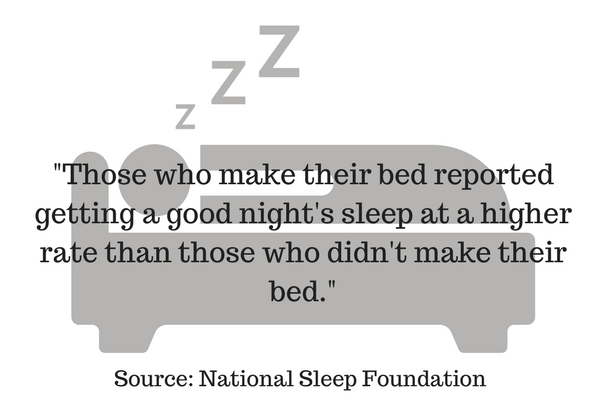
Case closed!!
HOW TO MAKE A BED
For many of us, this bed making thing may be new and a bit overwhelming, so I am going to give you some tips on the HOW of bed making.
Starting with the most basic, but one of my personal favorites – hospital corners! Don’t fret, it’s not that hard. Here is a really easy informative graphic to follow. I love that it’s from a blog called “The Art of Manliness”!
You may need to practice a few times to get it right, but make sure to invite the whole family to take part!
When I have any questions about bedding, I consult with Fabrizio Biasiolo, Vice President of Casa Del Bianco Fine Linens in New York City. Fabrizio has been advising me on bed linen selections for many years and I look for any excuse to speak to a man with a wonderful Italian accent.
Most important to him is that the bed is comfortable which is a personal choice. Then he follows up with his advice on the order in which the bed is made which traditionally has been a bottom sheet, top sheet, duvet cover and pillow shams. Here is his opinion about all of those:
Bottom Sheets: Most Americans use a fitted sheet as a bottom sheet. He prefers a flat sheet with a hospital corner. Fitted sheets shrink over time when washed in hot water and put in the dryer. So, they either start out too big and after some laundering end up fitting right, or they start out fitting just right and end up too small. Additionally, the elastic is typically only at the four corners which is not ideal. If you are buying fitted sheets, make sure the elastic is all around the edge. His other issue with fitted sheets is that the elastic breaks down over time. He does say that the New York City store sells more fitted sheets than anything else (which is good for him) because they tend to be replaced more often than if you used a fitted sheet as a bottom sheet. You will need to make some hospitals corners for the flat bottom sheets :).
Top Sheet: There is the top sheet/no top sheet debate. Some people choose to just use a bottom sheet and a duvet. Fabrizio is not a fan. He suggests a top sheet to create a clean layer between you and the duvet cover unless you plan on washing the duvet cover as often as you wash your sheets.
Duvet Covers & Duvets: “A duvet cover is messy.” As I am sure you have experienced and Fabrizio pointed out, there is always a struggle to get the duvet into the duvet cover and then it never fits quite right, tending to “dance” inside the cover. Because of this issue, 90% of Casa Del Bianco’s duvet covers are custom-made to a perfect fit.
Shams: These are very popular in the United States as accent and decorative elements in designing a bed. More on this to come. Pillow placement is personal. He sees most European beds are simply two pillows laying flat side by side. Americans prefer to dress their beds up with a lot of pillows – sleeping pillows, shams, boudoir pillows, lumbar and neck rolls.
One of my questions was about “thread count.” My assumption has been the best sheets have the highest thread count. Not so, according to Fabrizio. “Sheets need to be light and to breathe.” So, you should go by weight not by thread count. He suggests looking for top notch cotton with a weight of 105 grams per square meter and thread counts of 500 for percale sheets and 600 for sateen.
WHAT SHOULD I DO NEXT TO MAKE MY BED LOOK GREAT
Ah ha! We have reached the design phase – my favorite part. So, let’s just get one last word for dressing your bed from Fabrizio. He is seeing the trend in bed making changing a bit from what has traditionally been the case as he suggested above. More common now is: bottom sheet, top sheet, light coverlet, a duvet folded at the bottom of the bed (for use on colder nights) and an assortment of pillows.
The pillow placement set up has been revamped a bit as well. Most common are the large square pillows in the back, and then the sleeping pillows and then the front row of decorative pillows. Crediting Bunny Williams, Fabrizio is seeing more beds with the sleeping pillows hidden behind the decorative square pillows as shown below in a gorgeous bedroom designed in Bunny Williams’ signature style.
I have found other guides on pillow placement which are handy for reference. This one is from Pottery Barn.
When I design bedrooms, I believe that decorating a bed is the best way to add a client’s personality to a room. For the master bedroom, client’s typically don’t want the room to be overly masculine or overly feminine. It needs to speak to the sharing of a space that reflects a style both spouses are comfortable with.
In guest bedrooms, the intention is to make a wide range of inhabitants feel welcome. With summer guest season on the way, having a well appointed and comfortable space for your guests where they can get a good nights sleep is essential for keeping them happy! These guest bedrooms feature the “Bunny Williams” approach to pillow arrangement and the bed pictured in the top photograph has a light coverlet and a warmer/heavier duvet to make it a year-round retreat.
And for kids – I like to talk to my clients’ children to get an idea of what their interests are and a sense of the design aesthetic that appeals to them. In designing for younger children, it is important to keep the room reflecting a younger personality, but one that will grow with time. The goal is to have a design that ages well, negating the need to redecorate as they mature. Below are a few images of kids rooms I designed. One was designed for a boy that is clearly a sports enthusiast and a few girl’s rooms that are a perfect space to take a young lady from her ‘tweens through her teens.
I hope you enjoyed this perspective on making your bed. We are now all going to be more productive and positive people!! Make your bed, be happy.
Sleep tight!!

